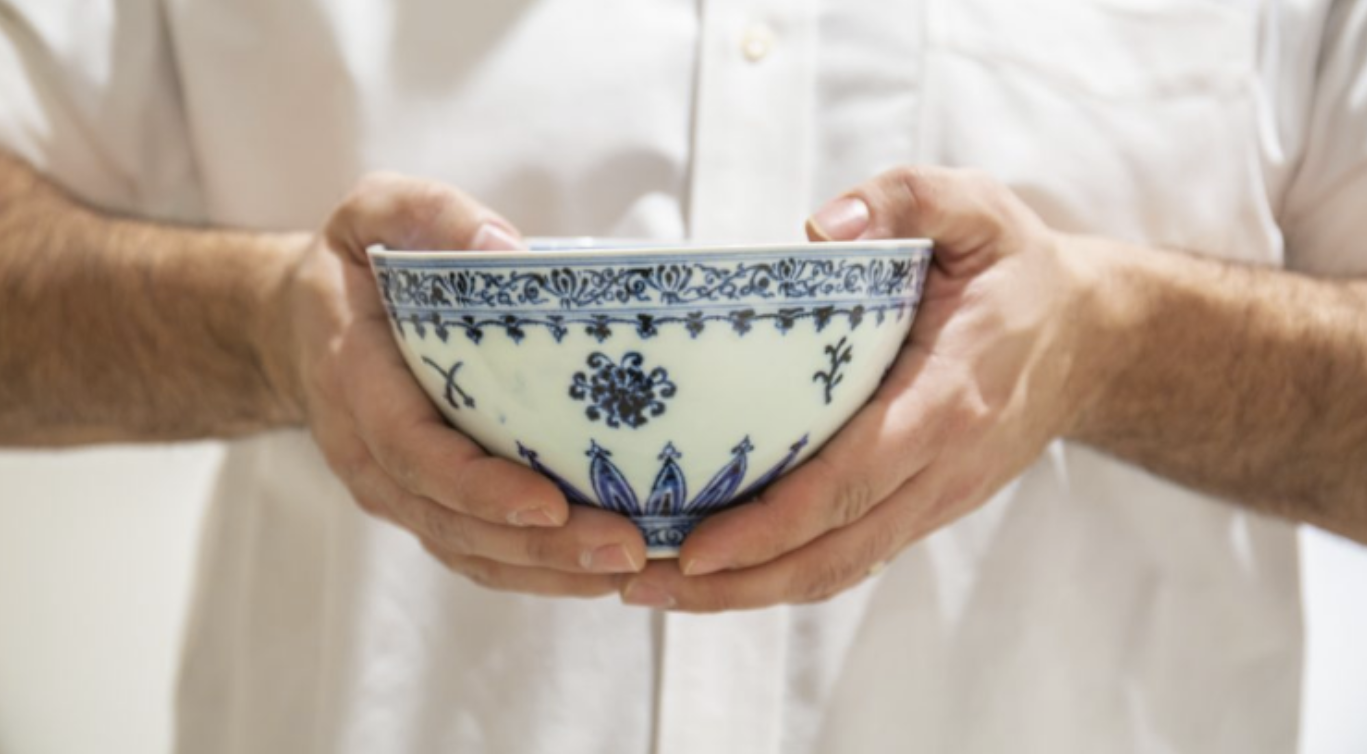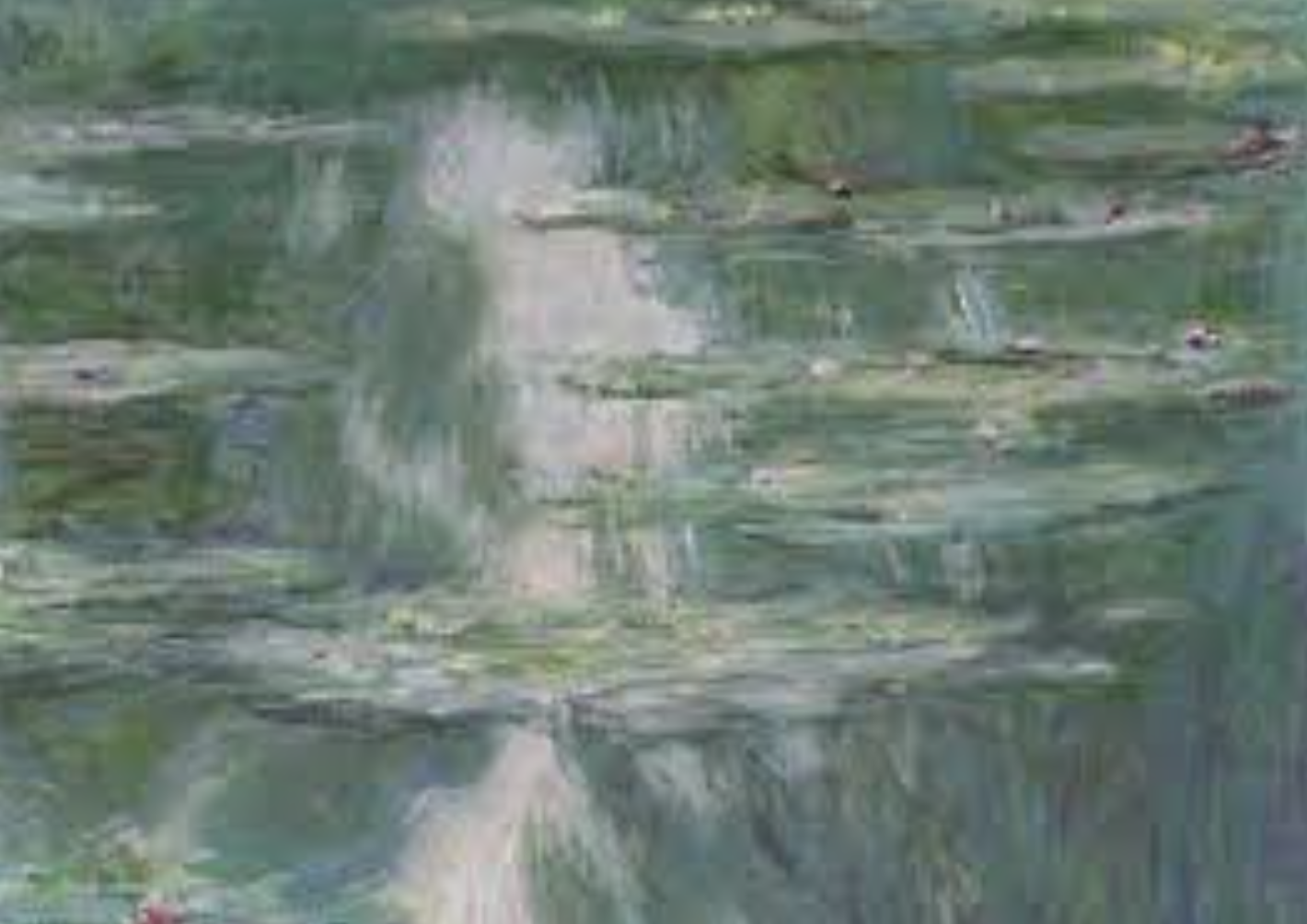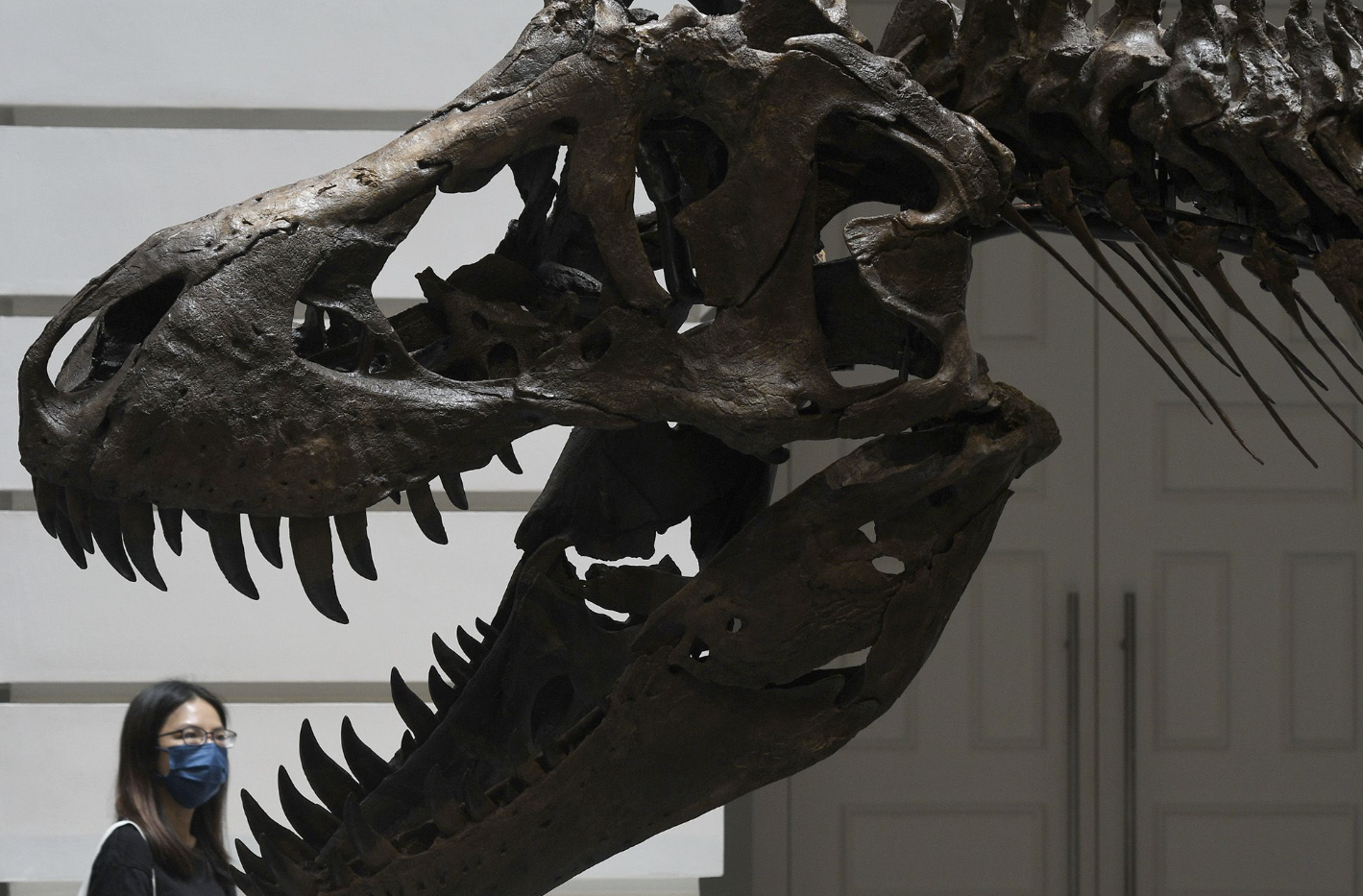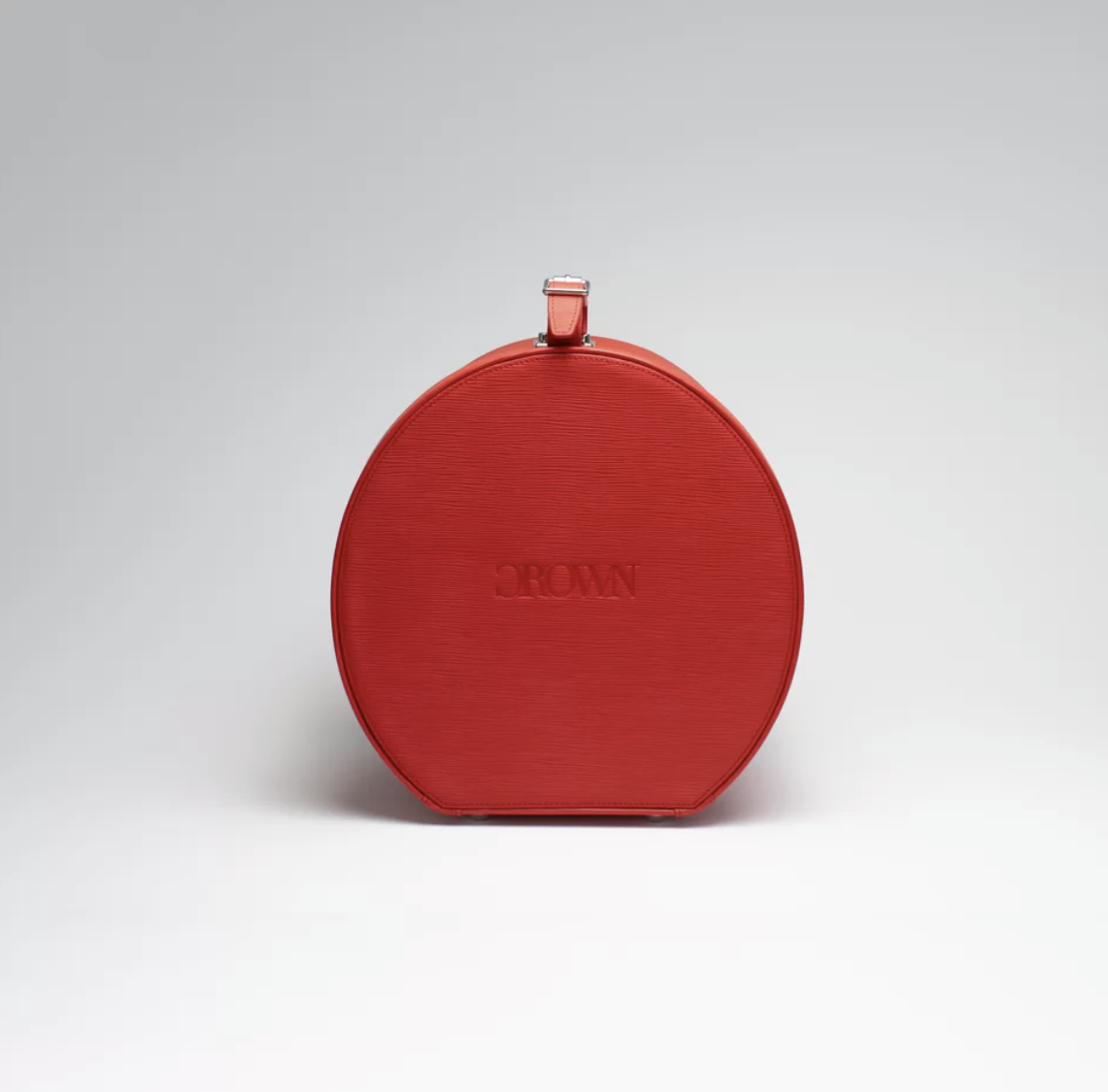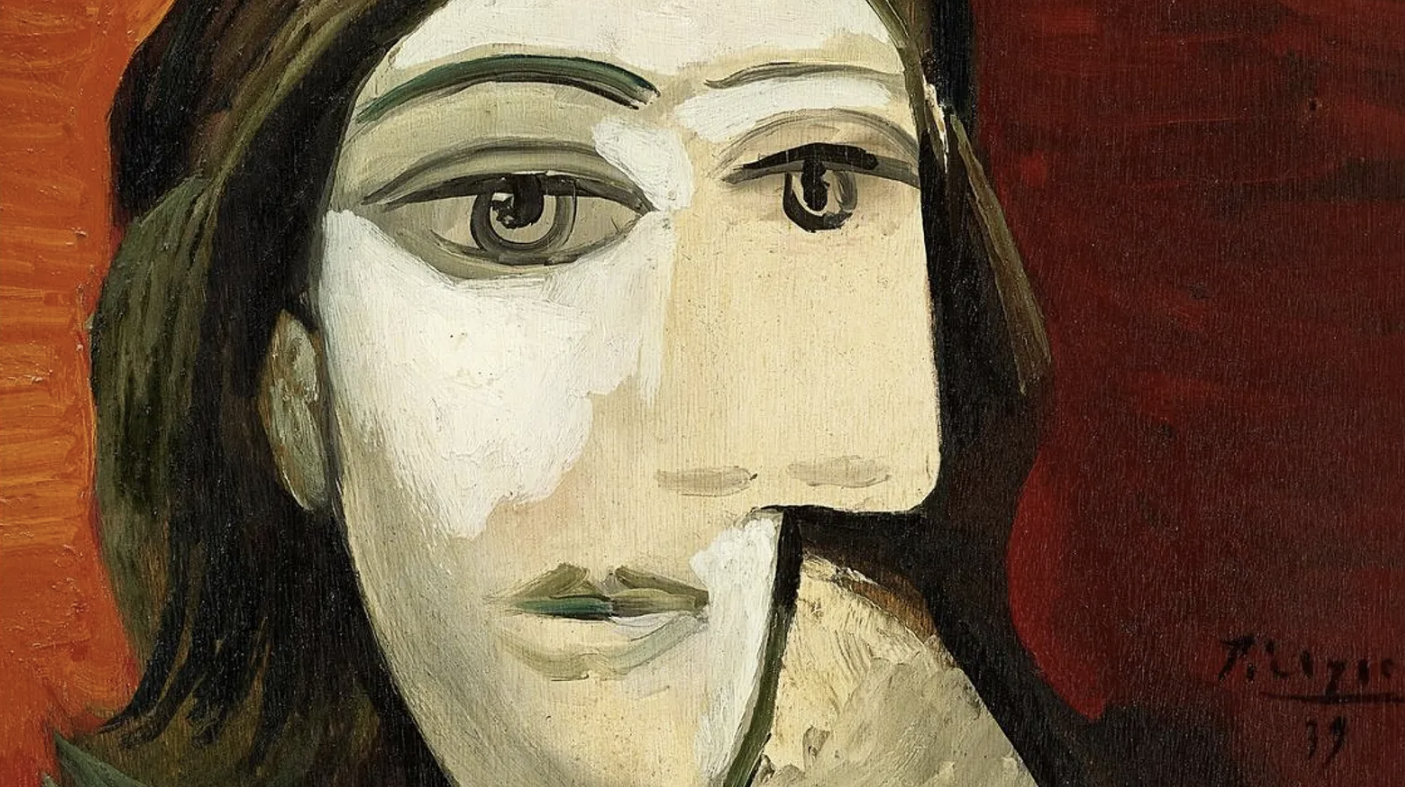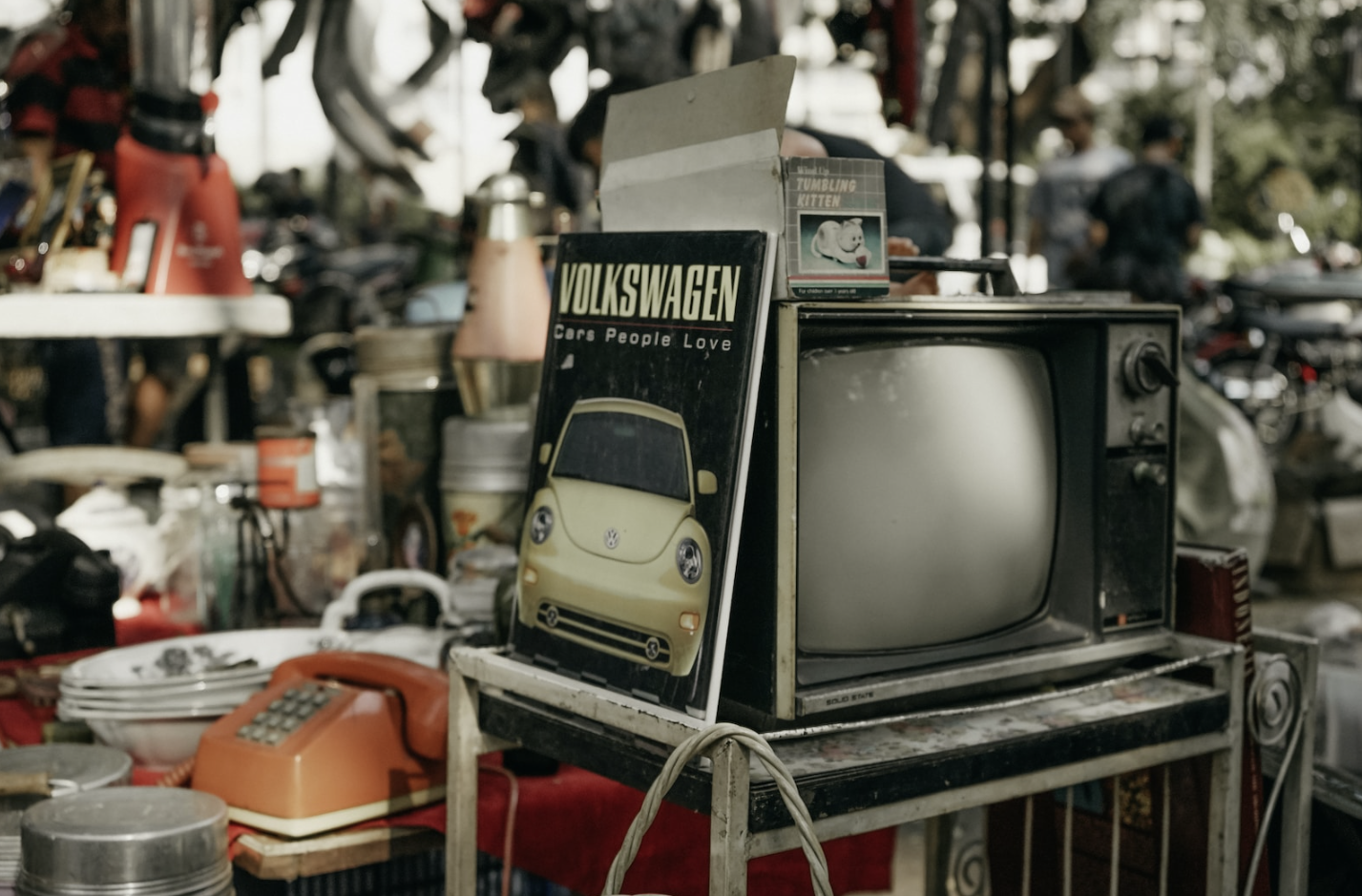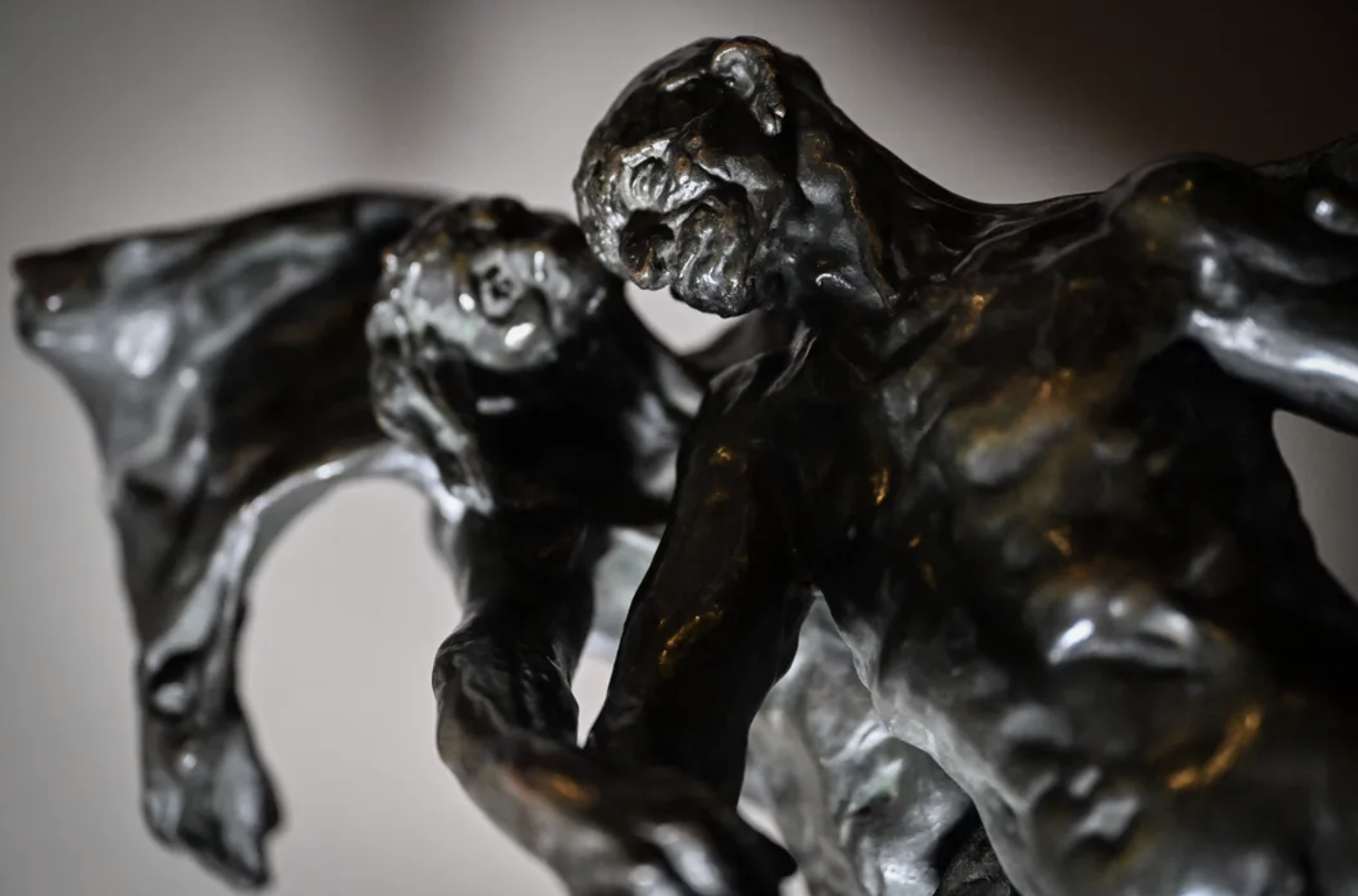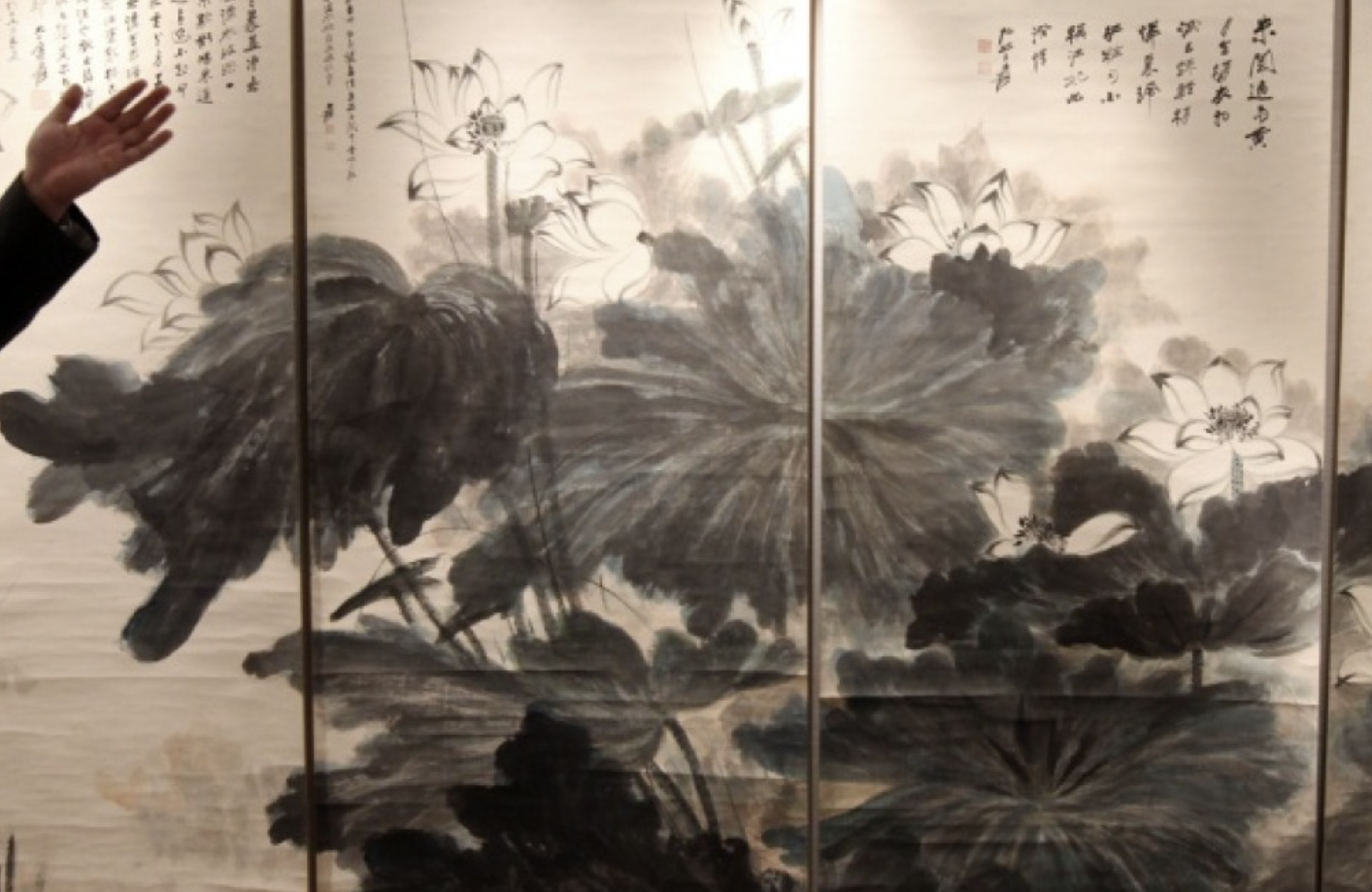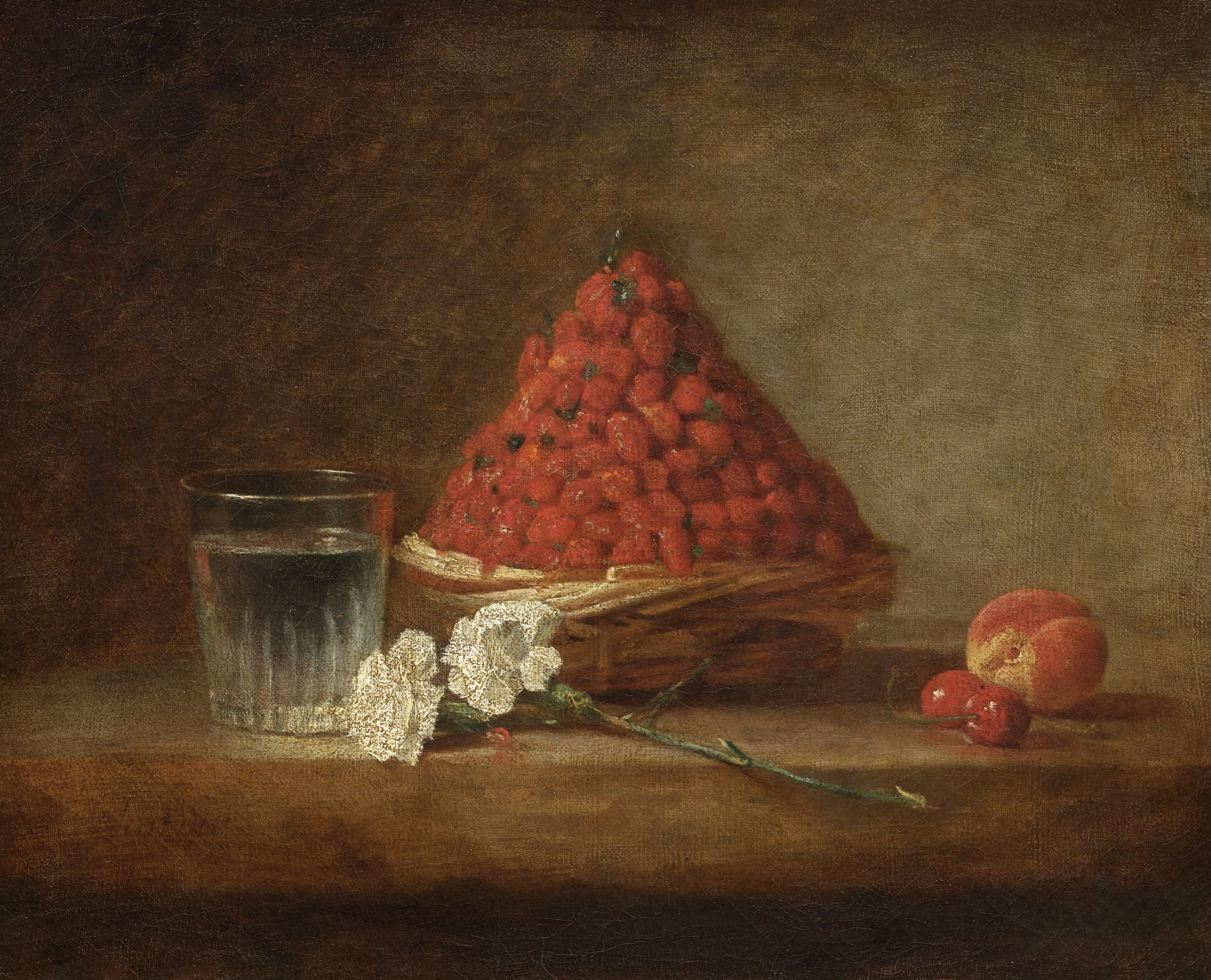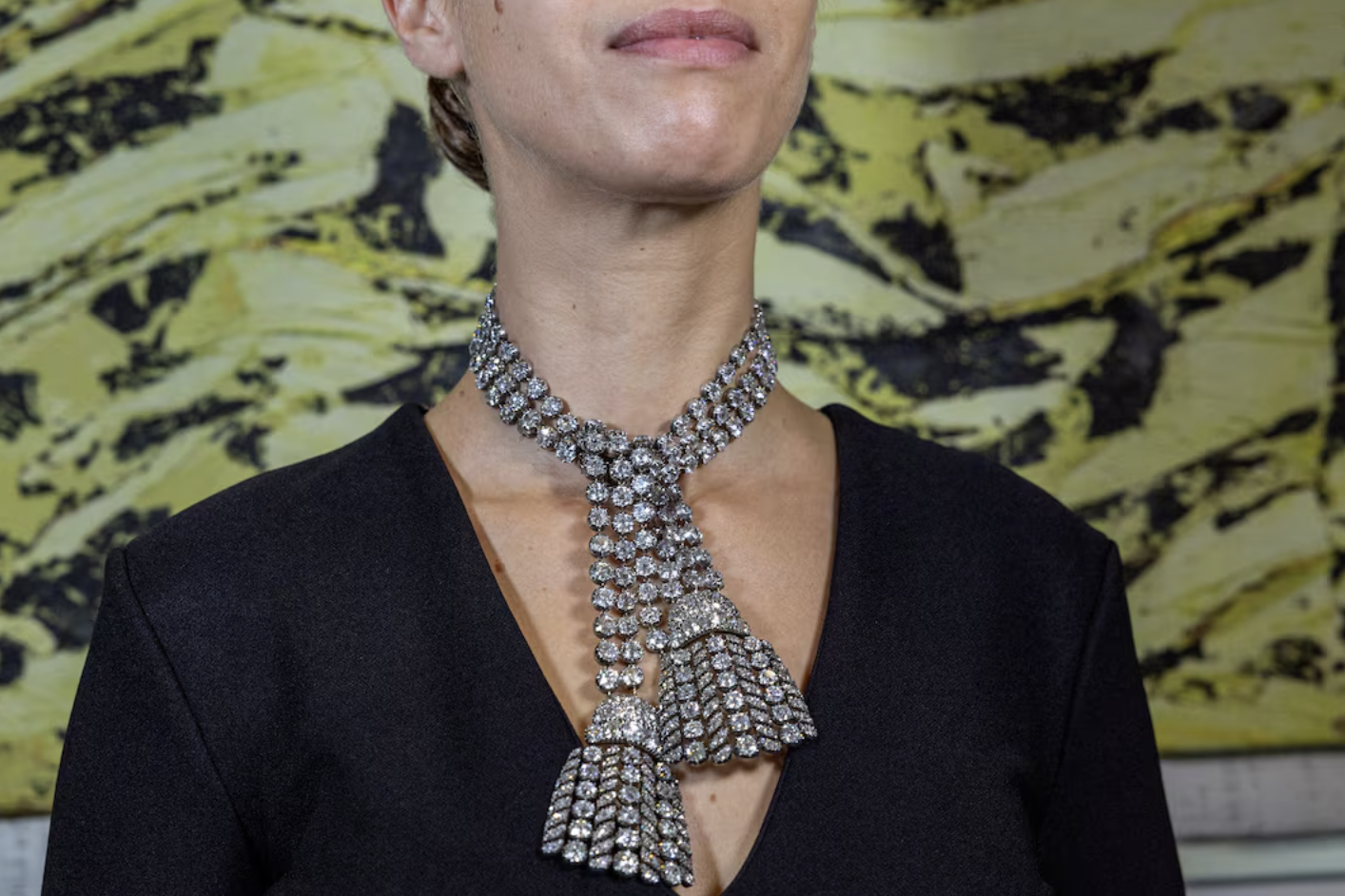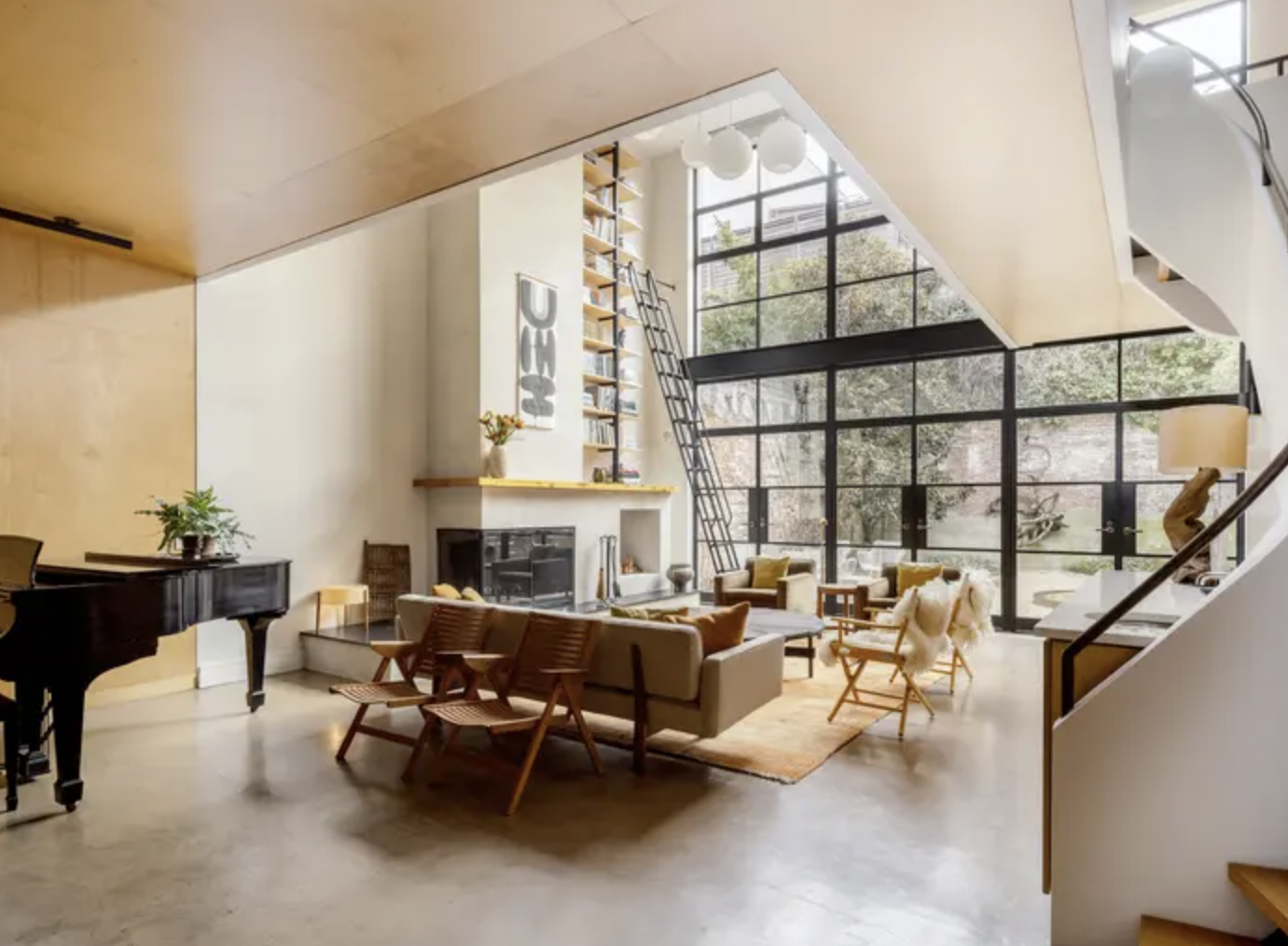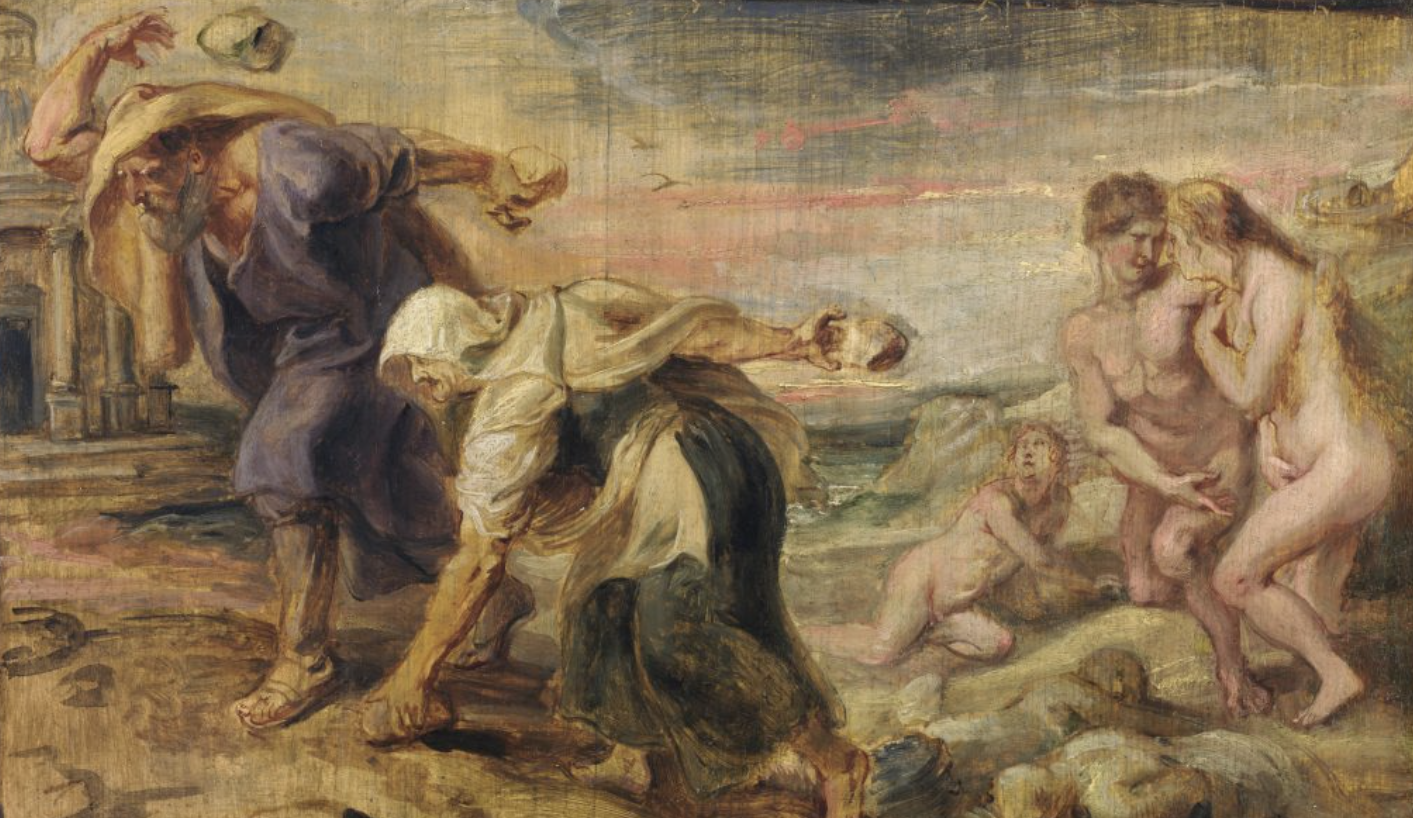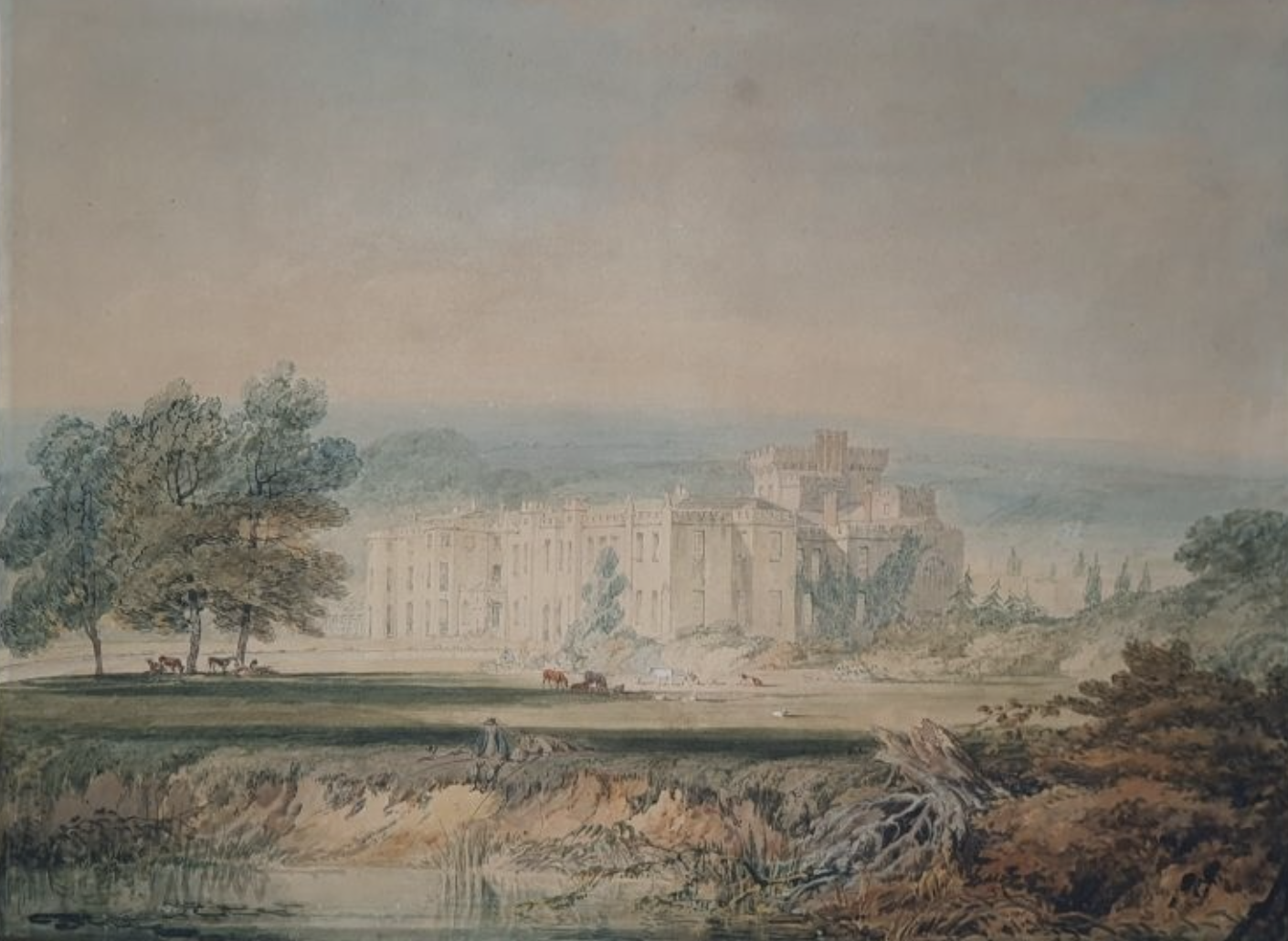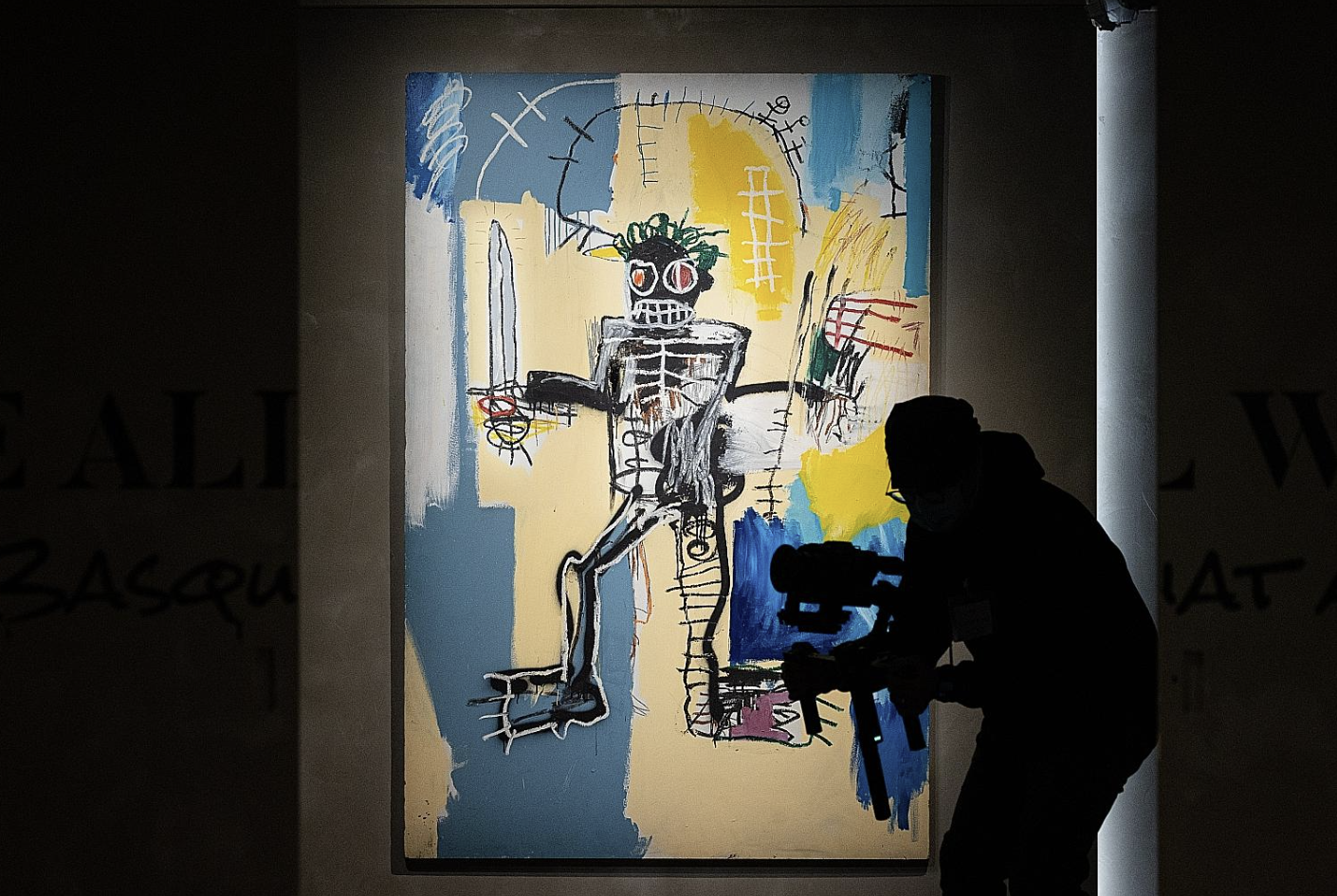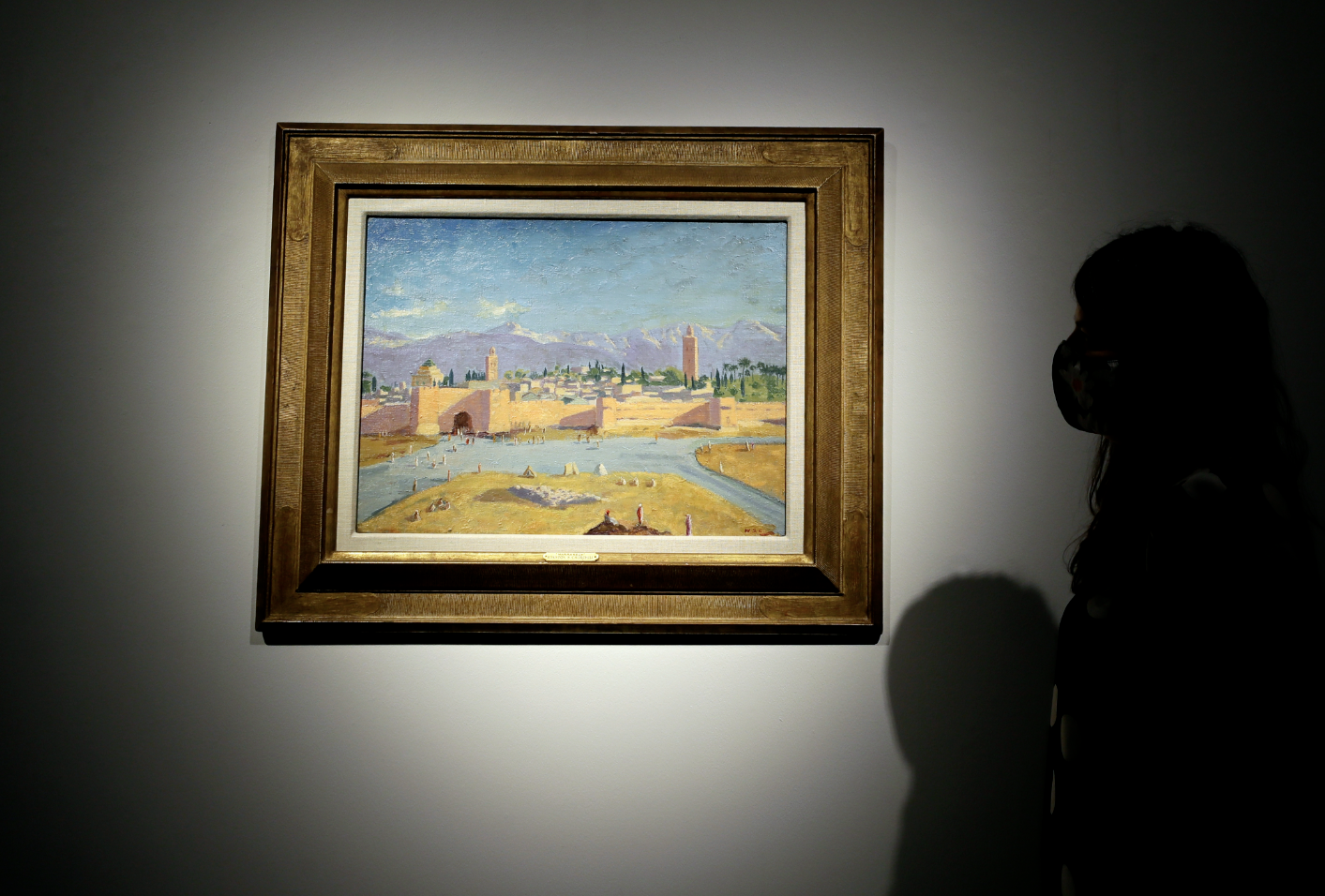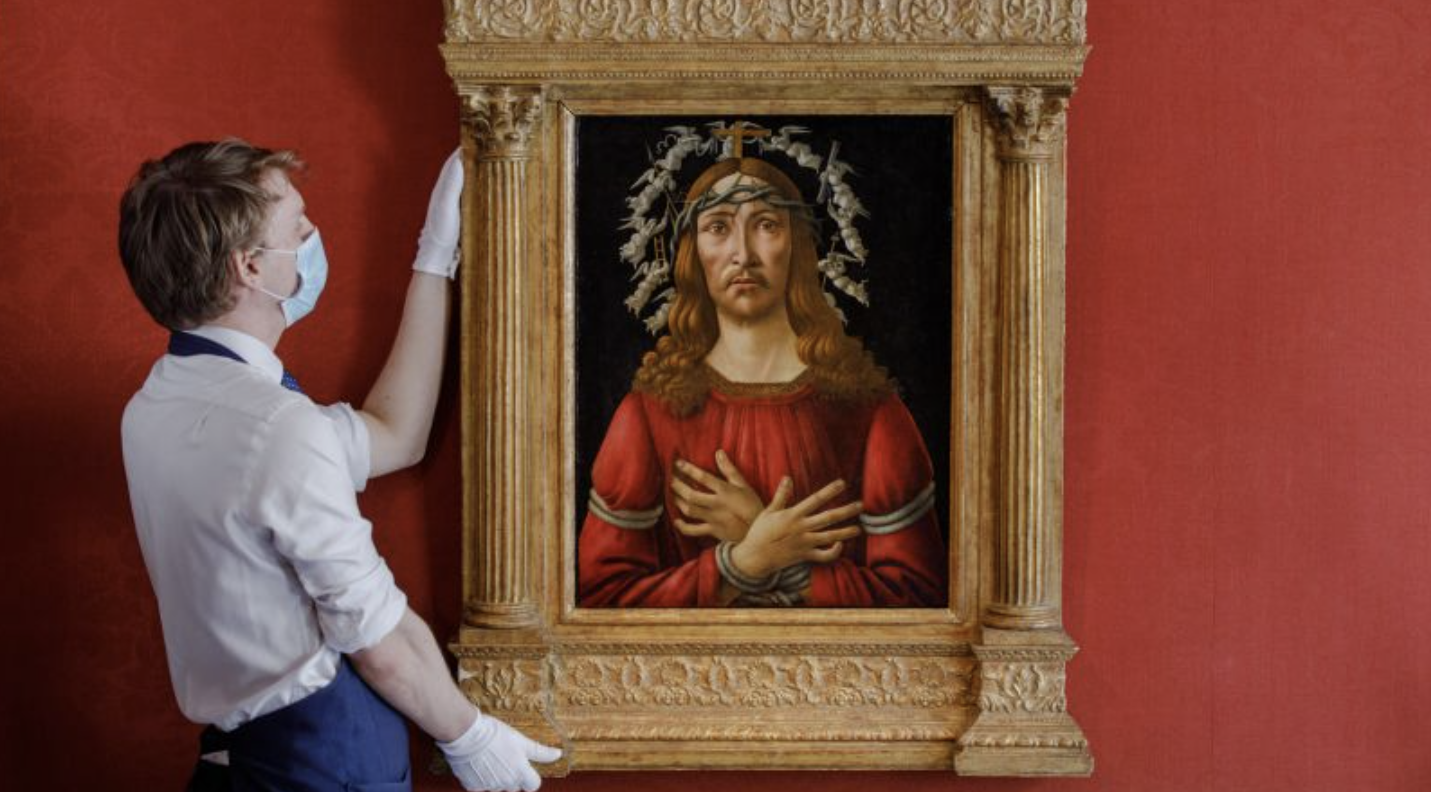
A portrait by Sandro Botticelli, Portrait of a Young Man Holding a Roundel, made history at Sotheby’s auction on Thursday, selling for an impressive $92.2 million. This sale not only marked a major moment for the Old Masters category but also secured the second-highest price for a Botticelli work at auction, just behind Leonardo da Vinci’s Salvator Mundi. Remarkably, the final price was nearly nine times the previous record set for Botticelli’s work, which was The Rockefeller Madonna in 2013, which sold for $10.4 million.
Botticelli is widely celebrated for his grand, mythological works like Primavera and The Birth of Venus, which depict a variety of figures set in lush, natural landscapes. In contrast, this smaller portrait presents a more intimate and direct image of a nobleman, thought to be a member of the Medici family, though his identity remains uncertain. Set against a simple blue backdrop that leans toward the abstract, the subject gazes directly at the viewer, an approach that was quite unconventional for its time.
One of the most intriguing aspects of the painting is the roundel the young man holds. The roundel itself is a separate 14th-century painting by Bartolomeo Bulgarini, showing a bearded saint with a raised hand. This insertion of a distinct, earlier artwork into Botticelli’s piece is unusual, with some experts speculating that it may have been added by a later owner rather than Botticelli himself. Robert Simon, an Old Masters dealer, remarked that such an approach was rare for secular works, noting the practice was more commonly seen in altarpieces.
Sotheby’s traced the painting’s first recorded appearance to the 1930s, when it was part of Lord Newborough’s collection in Wales. The piece passed through various owners over the decades, including Sir Thomas Wynn, before being sold in 1982 for £810,000. It was later acquired by real estate developer Sheldon Solow for $1.3 million, and much of the painting was eventually donated to his private foundation to avoid capital gains taxes.
Though privately owned for much of the 20th century, the painting spent significant time on loan at prestigious institutions, including the Metropolitan Museum of Art in New York, the National Gallery in London, and the National Gallery of Art in Washington, D.C., making appearances in major exhibitions.
Despite the financial challenges posed by the pandemic, Simon noted that the market for high-end art, especially for works like this, had remained strong among affluent collectors, who were largely unaffected by the economic downturn. The painting was purchased by Lilija Sitnika, a representative from the Russian desk of Sotheby’s London.
While the painting’s attribution was questioned in the past, experts now universally agree that it is unquestionably a work by Botticelli. Simon emphasized that the scholarly consensus on its authenticity was solid, with no respected voices in the art community disputing its origin.
In a lighthearted video shown before the auction, photographer Erik Madigan Heck drew a fascinating comparison between Botticelli’s portrait and a modern image he had captured of musician Adele. The connection highlighted the timeless appeal of Botticelli’s portrait, with both subjects sharing a direct, compelling gaze. Heck noted that the portrait is less about the young man and more about Botticelli’s artistic expression—a mysterious parable known only to the artist himself.


